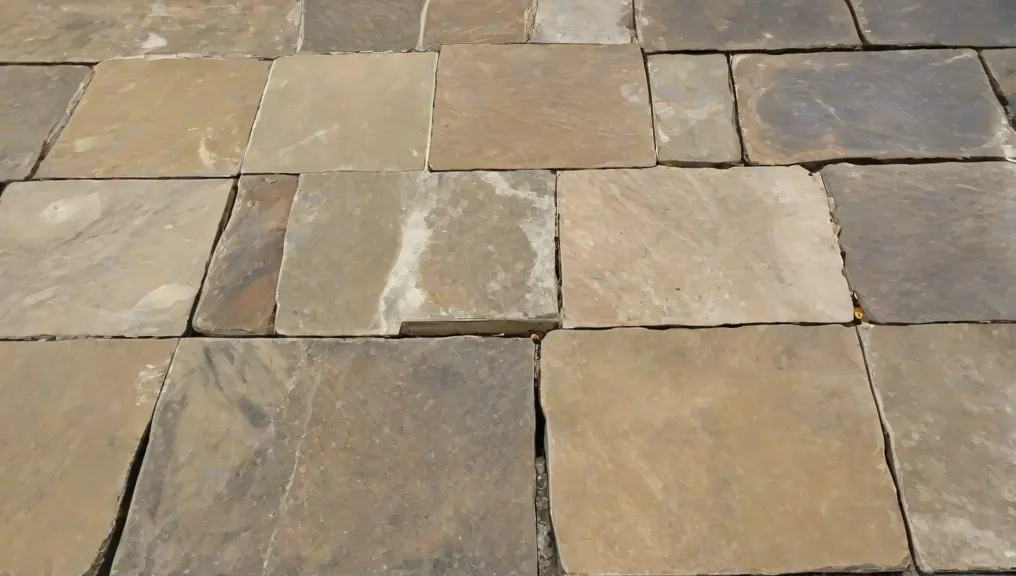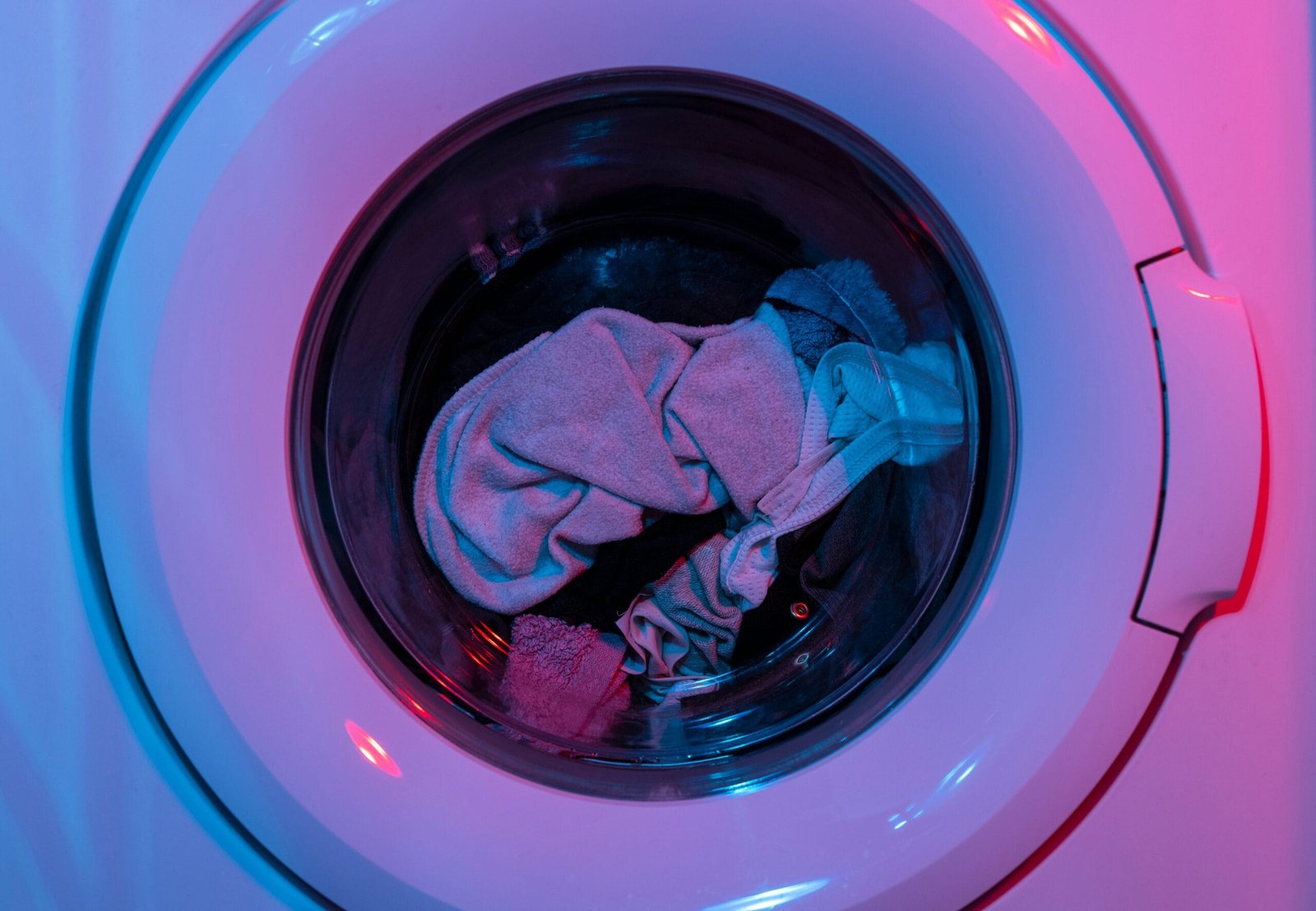Learn how to effectively clean and maintain exterior surfaces like flagstones, wooden planks, and concrete. Our comprehensive guide provides essential tools, cleaning solutions, and step-by-step instructions to help you preserve the beauty and durability of your outdoor spaces. Prevent dirt, moss, mildew, and oil stains with these expert tips, ensuring your exterior surfaces remain in top condition for years to come.

Introduction: Understanding the Basics
Cleaning exterior surfaces such as flagstones, wooden planks, and concrete is crucial for maintaining their aesthetic appeal and ensuring their longevity. Regular maintenance helps prevent the accumulation of dirt, moss, mildew, and other contaminants that can compromise both the appearance and structural integrity of these materials. Each type of surface presents its own unique set of challenges, making it essential to understand the specific cleaning requirements for each.
Flagstones, for instance, are prone to moss growth, which can make them slippery and unsightly. The porous nature of flagstones allows moisture to penetrate, creating an ideal environment for moss and algae. Wooden planks, commonly used in decks and patios, are susceptible to mildew and mold, especially in humid or shaded areas. The organic material in wood makes it a prime target for these fungi, which can cause staining and decay if not addressed promptly. Concrete surfaces, often used for driveways and walkways, can suffer from oil stains, which are not only difficult to remove but can also weaken the surface over time.
Please, read our post and do not forget to check our YouTube channel “Grig Stamate”:
https://www.youtube.com/@GrigStamate
You will find there, thousands of designing, furnishing, and decorating ideas for your home interior and outdoors.
Allow me to mention one of them:
Quick Small Patio Makeover | Outdoor Design Ideas (video)
To effectively clean these surfaces, a few essential tools and materials are required. These include a stiff-bristled brush for scrubbing, a pressure washer for deep cleaning, and appropriate cleaning solutions tailored to each material. For flagstones, a mixture of water and bleach can be effective in removing moss. Wooden planks benefit from a specialized deck cleaner that targets mildew and mold. For concrete, a degreasing agent is often necessary to tackle oil stains. Additionally, protective gear such as gloves and safety goggles is recommended to ensure safety during the cleaning process.
By understanding the basics of cleaning flagstones, wooden planks, and concrete, homeowners can maintain the beauty and durability of their outdoor spaces. The following sections will delve deeper into the specific techniques and best practices for each type of surface, providing a comprehensive guide to achieving optimal results.
Step-by-Step Guide to Cleaning Flagstones
Cleaning flagstones effectively begins with an initial assessment of their condition. Start by examining the flagstones for any visible cracks, loose stones, or other signs of damage. Address any structural issues before proceeding with the cleaning process to avoid exacerbating existing problems.
Once the assessment is complete, begin by sweeping the entire area to remove loose debris, such as leaves, dirt, and dust. This preliminary step ensures that the cleaning solution can penetrate the surface more effectively, enhancing the overall efficacy of the cleaning process.
Next, prepare a suitable cleaning solution. A mixture of water and mild detergent usually suffices for routine cleaning. However, for tougher stains or more thorough cleaning, a specialized stone cleaner may be necessary. Ensure that the chosen solution is appropriate for flagstones to avoid any potential damage to the stone’s surface.
Apply the cleaning solution generously to the flagstone surface, allowing it to sit for a few minutes to loosen any embedded dirt and grime. Using a stiff-bristled brush, scrub the flagstones in a circular motion, paying special attention to grout lines and any areas with moss or lichen growth. For particularly stubborn spots, a more concentrated solution or additional scrubbing may be required.
After scrubbing, thoroughly rinse the flagstones with clean water to remove any remaining cleaning solution and loosened debris. It is crucial to ensure that all residues are washed away, as leftover cleaning agents can attract dirt and cause the stones to become slippery.
As an optional final step, consider sealing the flagstones to protect them from future staining and weathering. A high-quality stone sealer can provide an extra layer of defense, helping to maintain the flagstone’s appearance and durability over time. Apply the sealer according to the manufacturer’s instructions, making sure the surface is completely dry before application.
Effective Methods for Cleaning Wooden Planks
Cleaning wooden planks requires a delicate approach to preserve the integrity of the wood and prevent damage, such as water infiltration and mildew growth. Begin by employing dry cleaning methods like sweeping and vacuuming to eliminate loose dirt and debris. A soft-bristled broom or a vacuum with a brush attachment can effectively remove surface particles without scratching the wood.
Once the surface dirt is cleared, prepare a gentle cleaning solution. A mixture of water and white vinegar works well for most wooden planks, providing a natural and effective cleaning agent. Alternatively, a specialized wood cleaner designed for the type of wood you’re working with can also be used. Ensure the solution is diluted adequately to avoid damaging the wood.
To clean the wooden planks, dip a soft brush or cloth into the solution and gently scrub the surface. Avoid using excessive water, as wood is susceptible to water damage. Work in small sections, ensuring the wood does not become overly saturated. For tougher stains, a slightly more concentrated solution might be required, but always test on a small, inconspicuous area first to ensure it does not affect the wood’s finish.
After scrubbing, promptly wipe the planks with a dry cloth to remove any excess moisture. Proper drying is crucial to prevent the development of mildew, which can damage the wood over time. Ensure the area is well-ventilated and, if possible, use fans to speed up the drying process.
In addition to regular cleaning, consider applying optional treatments such as sealing or staining to protect your wooden planks. Sealing helps to create a barrier against moisture and dirt, while staining can enhance the wood’s appearance and add an extra layer of protection. These treatments not only maintain the beauty of the wood but also prolong its lifespan.
Best Practices for Cleaning Concrete Surfaces
Maintaining the appearance and integrity of concrete surfaces requires a systematic cleaning approach. Begin by removing any surface dirt and debris using a broom or blower. This initial step is essential to prevent scratching the concrete during the cleaning process and to ensure that dirt isn’t redistributed while scrubbing.
Next, prepare a tailored cleaning solution suitable for concrete. A simple and effective mixture can be made using water and dish soap. In cases where oil stains are present, adding a degreaser to the solution will help lift and remove these tougher stains. Apply the cleaning solution to the concrete surface, ensuring thorough coverage.
For scrubbing, use a stiff-bristled brush to work the cleaning solution into the concrete. This method is effective for routine cleaning and light stains. For more stubborn stains, a pressure washer can be employed. When using a pressure washer, it is crucial to use the appropriate settings to avoid damaging the concrete. A medium pressure setting is generally sufficient for most cleaning tasks.
After scrubbing, rinse the concrete thoroughly with clean water to remove all traces of the cleaning solution. This step prevents any soap or degreaser residues from remaining on the surface, which could attract dirt and cause further staining. Allow the concrete to dry completely before allowing foot or vehicle traffic to resume.
For added protection against future stains and damage, consider sealing the concrete surface. A quality concrete sealer will create a barrier that repels water, oil, and other substances, making future cleaning efforts easier and more effective. Applying a sealer can significantly extend the life and appearance of your concrete surfaces.
Other related posts from our website:
https://howtobuildahouseblog.com/how-to-lay-a-flagstone-patio/
https://howtobuildahouseblog.com/home-front-entrance-portico-design-ideas/
Thank you so much for your attention.
Stay tuned. We will upload many other amazing posts to our website and videos onto our YouTube channel.
Thank you so much.
for your time and attention.
Best Regards
See you to another post,
Bye, Bye



No Responses